What are the 5 stages of family therapy?
Family therapy involves a structured approach to helping families improve communication, resolve conflicts, and enhance their relationships. While the specific stages can vary depending on the therapeutic model and individual therapist's approach, the process generally includes the following five stages:
1. Engagement
Overview
The engagement stage is the initial phase where the therapist establishes a connection with the family. The goal is to build trust and rapport, which is crucial for a successful therapeutic relationship.
Key Activities
Introduction: The therapist introduces themselves and explains the therapy process.
Building Trust: Establishing a safe and non-judgmental environment where family members feel comfortable sharing their thoughts and feelings.
Gathering Information: Understanding the family's background, dynamics, and the issues they are facing.
Sources:
Psychology Today: Family Therapy
American Association for Marriage and Family Therapy (AAMFT)
2. Assessment
Overview
In the assessment stage, the therapist gathers detailed information about the family's structure, relationships, and the specific problems they are dealing with. This helps in creating a comprehensive understanding of the family dynamics.
Key Activities
Observation: The therapist observes interactions between family members to identify patterns and issues.
Interviews: Conducting individual and group interviews to gather perspectives from all family members.
Genograms and Mapping: Using tools like genograms to visualize family relationships and histories.
Sources:
GoodTherapy: Family Therapy
Verywell Mind: Family Therapy
3. Goal Setting
Overview
This stage involves collaboratively setting specific, measurable, and achievable goals for therapy. Goals provide direction and focus for the therapeutic process.
Key Activities
Identifying Goals: Working with the family to determine what they want to achieve through therapy.
Prioritizing Issues: Deciding which issues are most urgent and need immediate attention.
Developing a Plan: Creating a structured plan that outlines the steps and interventions needed to achieve the goals.
Sources:
PsychCentral: Family Therapy
4. Intervention
Overview
During the intervention stage, the therapist implements specific techniques and strategies to address the family's issues and work towards their goals. This phase is active and involves both the therapist and family members.
Key Activities
Behavioral Interventions: Techniques to change specific behaviors and interaction patterns.
Communication Skills: Teaching effective communication strategies to improve understanding and reduce conflict.
Problem-Solving: Helping the family develop solutions to their issues and improve their ability to handle future problems.
Sources:
Mental Health America: Family Therapy
5. Termination and Follow-Up
Overview
The final stage involves reviewing the progress made during therapy, consolidating gains, and planning for the future. It ensures that the family can maintain improvements independently.
Key Activities
Reviewing Progress: Evaluating the outcomes of therapy and how well the goals were achieved.
Consolidating Gains: Reinforcing the skills and strategies learned during therapy.
Planning for the Future: Developing a plan for maintaining progress and addressing any potential challenges.
Follow-Up: Scheduling follow-up sessions or check-ins to ensure ongoing support and stability.
Sources:
American Association for Marriage and Family Therapy (AAMFT): Consumer Updates
Conclusion
Family therapy is a structured process that involves several stages, each designed to address specific aspects of family dynamics and issues. By following these stages, therapists can help families improve communication, resolve conflicts, and build stronger, healthier relationships.
If you’re interested in exploring family therapy and seeing how it can benefit your family, please contact us at Moriel Mental Health to book an appointment. We work all throughout California and are here to support you on your journey towards healthier and happier family relationships. At MMH, we are committed to providing the care and guidance you need.

